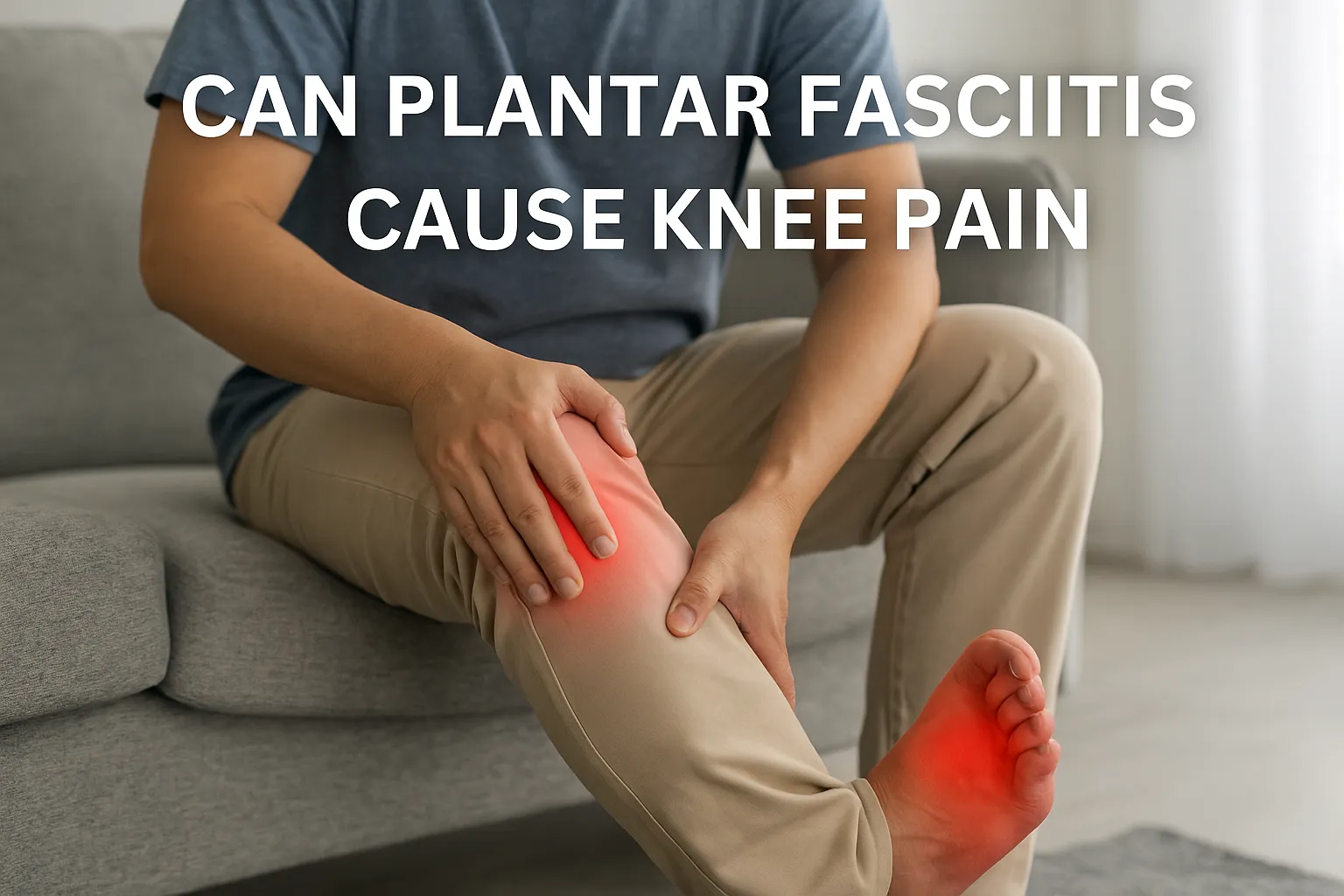Do your knees ache more when winter arrives? You're not alone. The cold season is infamous for worsening knee pain, especially for those with arthritis or past knee injuries. Cold temperature, reduced physical activity, and barometric pressure changes are the major culprits. These factors can worsen knee pain, causing low mobility, joint stiffness, and discomfort. Understanding the causes and preventive strategies can help manage the symptoms and ease everyday activities. Here's why knee pain in winter gets worse and what you can do to manage it.
5 Common Causes Of Knee Pain In Water
During the winter season, people, especially arthritis patients are more prone to knee pain worsening. This happens due to:
1. Exposure to Cold
One study reports that exposure to cold temperatures can cause tightening of tendons and muscles around the knee due to reduced blood flow, leading to joint stiffness and pain.
2. Barometric Pressure Changes
Fluctuations in barometric or air pressure during cold weather cause joint tissues to expand, straining the nearby nerves and causing pain.
3. Reduced Physical Activity
The winter season discourages arthritis patients from exercising regularly, resulting in reduced physical activity which causes joint stiffness and extreme pain.
4. Vitamin D Deficiency
Research shows that less exposure to sunlight during winter can lead to lower vitamin D levels, affecting bone health and worsening arthritis symptoms.
5. Extreme Weight on Knees
Reduced physical activities during cold weather can lead to excess weight gain, putting pressure on the knees and causing extreme pain.
8 Effective Tips to Manage Knee Pain in Winter
Follow these preventive measures to ease knee pain during cold weather:
1. Stay Warm
-
Dress in layers to retain body heat, especially around your knees.
-
Use heating pads or warm compresses on painful areas for instant relief.
-
Keep your living space comfortably warm to prevent cold-induced stiffness.
2. Be Active
-
Practice low-impact exercises such as swimming or cycling to maintain the flexibility of the knee joints.
-
Consider strength training or yoga to promote knee function.
-
Walking can also aid in knee joint flexibility.
3. Use Knee Compression Sleeve
-
Wear a knee compression sleeve when performing household chores.
-
These gears give great support while doing everyday activities
-
This helps reduce pain and relieves swelling.
4. Manage Weight
-
A nutritious diet and proper exercise can help with weight management.
-
A healthy weight can prevent excessive strain on the knees.
-
Exercise can make the knee joint flexible, reducing the pain.
5. Elevate Your Knees
-
While resting, elevate your knees above your heart levels
-
It can help boost blood flow to the affected area.
-
This reduces swelling and relieves pain.
6. Wear Quality Footwear
-
Wear quality shoes with cushioning and arch support when going outside.
-
This prevents knee pressure while standing or walking.
-
Additionally, it also prevents fall or slip risks.
7. Try Massage
-
Give a gentle massage to the knee and nearby areas.
-
This can enhance circulation, relieve muscle tension, and thus, reduce knee pain.
-
Use OTC capsaicin or menthol-containing creams for massaging.
8. Use Herbal Remedies & Supplements
-
Add ginger or turmeric to your diet as raw or in the form of supplements.
-
Curcumin in turmeric decreases arthritis pain and ginger reduces inflammation.
-
However, consult doctors before using any supplements.
Treatment For Cold Weather-Associated Knee Pain
Seeing a doctor is essential in case of extreme and continuous knee pain. The following are the treatment options recommended by the providers:
|
Treatment Types |
Purpose |
Examples |
|
Medications |
To relieve pain and inflammation |
|
|
Physical Therapy |
To improve knee muscle flexibility and range of motion |
|
|
Bracing & Supportive Devices |
For foot alignment and pain relief |
|
|
Alternative Therapies |
To soothe pain and promote healing |
|
|
Surgical Treatments |
To surgically remove and repair damaged joints |
|
When To See a Doctor?
Even after using these tips, if you experience the following discomfort, seek medical attention:
-
continuous, severe knee pain
-
no longer movement of the affected knee
-
knee locking
-
high fever
-
intense knee swelling
Seeing orthopedists can help diagnose the cause and provide the right solution. If you are already dealing with osteoarthritis, rheumatoid arthritis, or knee injury, consult the doctor as soon as possible.
Summing Up
Knee pain in winter can be annoying, however, understanding its potential causes and taking proactive preventive tips can manage the discomfort. Staying warm, practicing exercises, maintaining weight, and wearing compression knee sleeves can help prevent knee pain during cold weather. But, for people with osteoarthritis, rheumatoid arthritis, or chronic knee pain, consulting the doctors is crucial. This ensures proper care and treatment, preventing further complications.
Remember that, with the appropriate strategies, you can stay pain-free and active throughout winter.
Also Read Joint Pain Causes in Winter: Try These Tips To Get Relief!
अक्सर पूछे जाने वाले प्रश्नों
Is it better to rest or walk with knee pain?
It is better to take a rest as it allows the affected area to feel less irritated and heal fast.
What deficiency causes knee pain?
The lack of vitamin D causes knee pain, affecting mental and physical health.
What is the best position to sleep with knee pain?
Lie on your back with your pillow beneath the knees. This position gives pain relief.
What exercises should you avoid with knee pain?
Avoid high-impact exercises such as kickboxing, running, and jumping as they can worsen knee pain and cause injury.
लेखक





